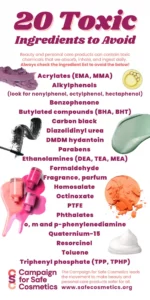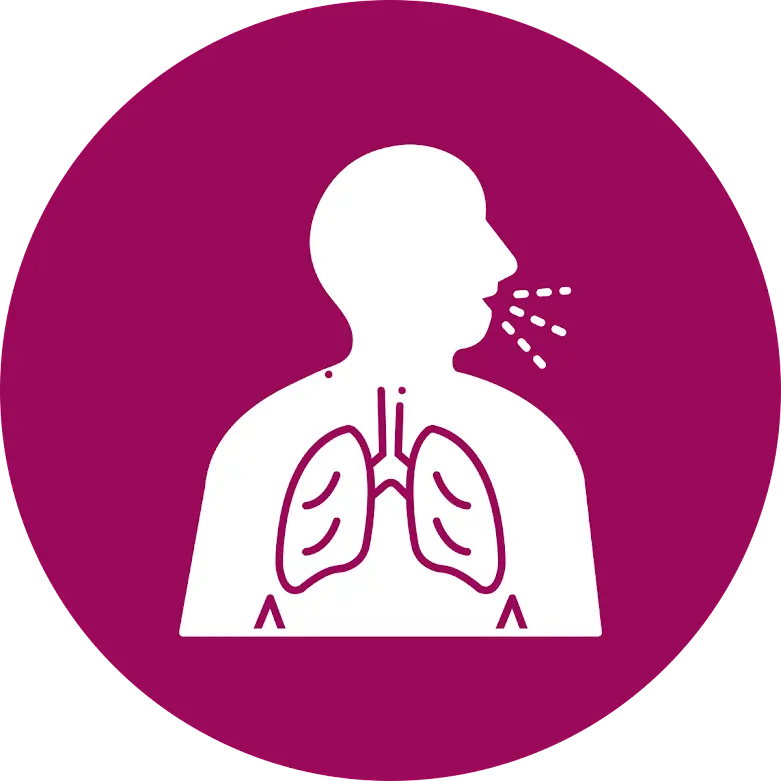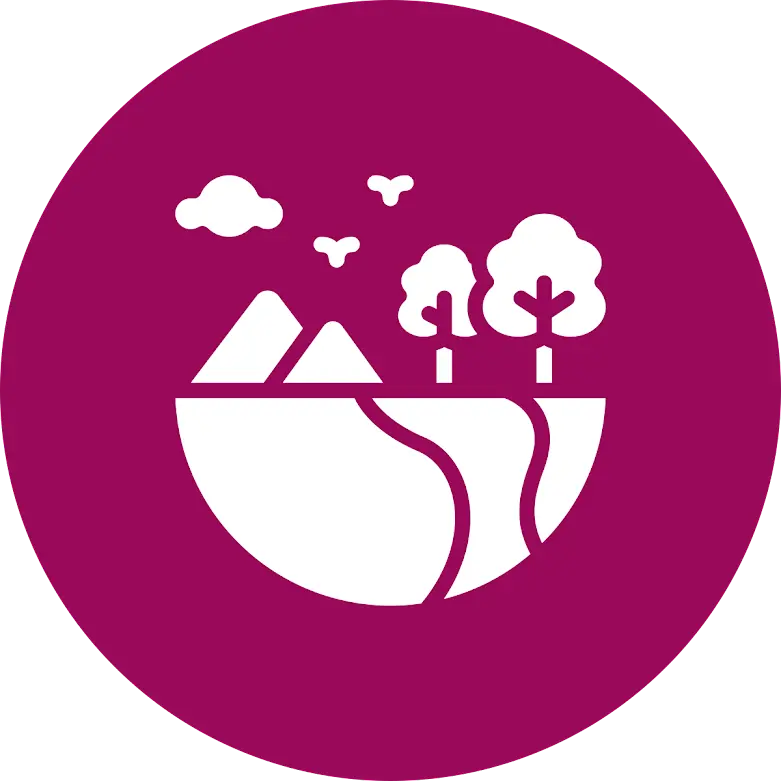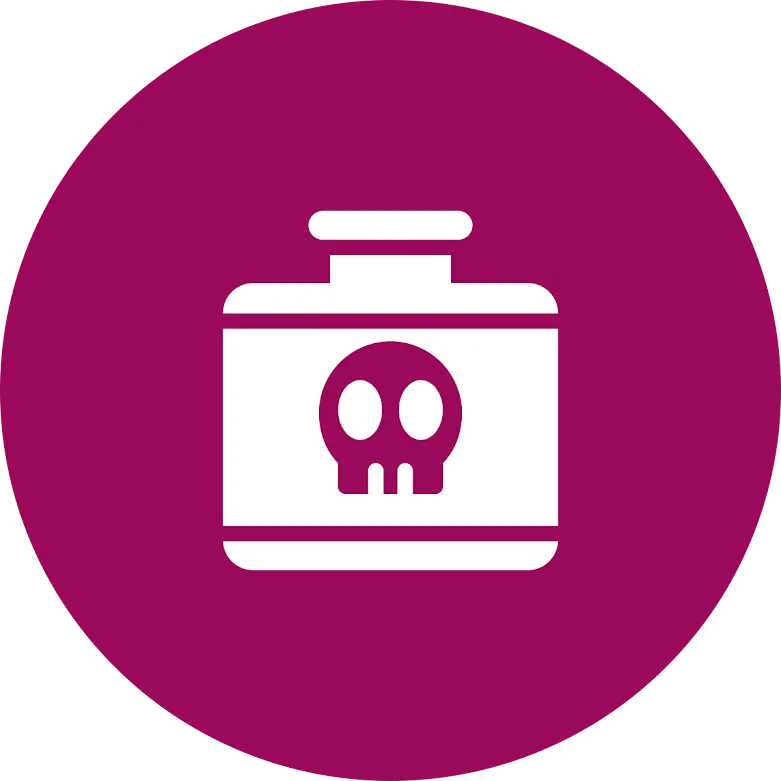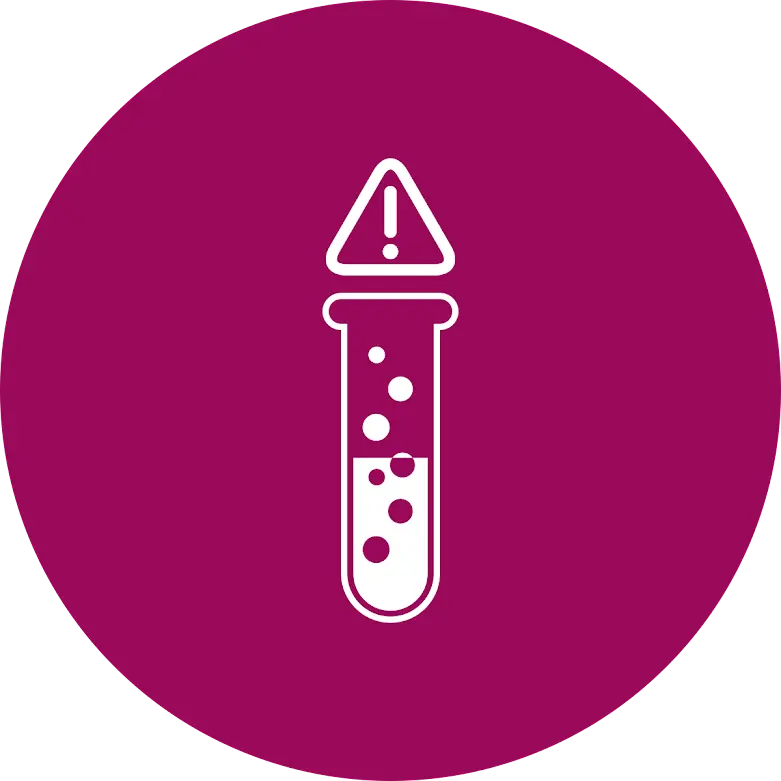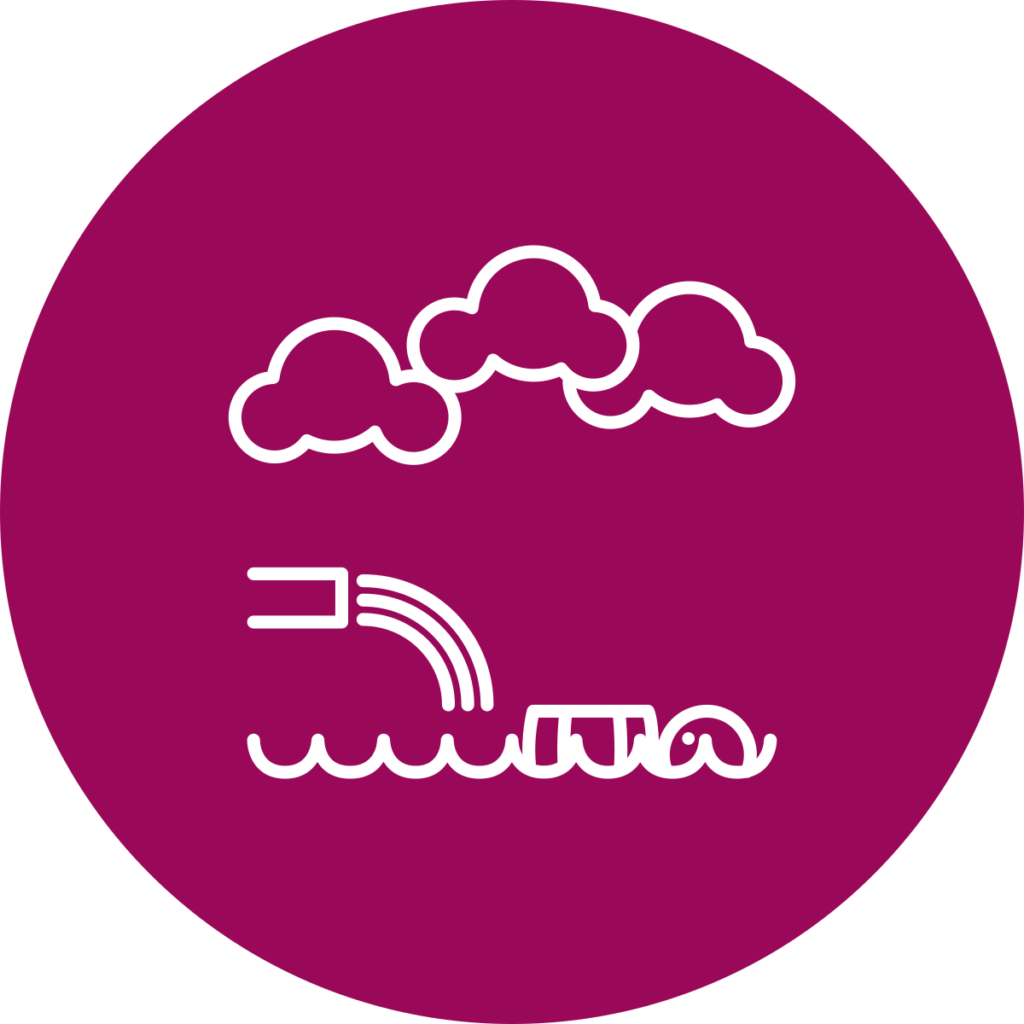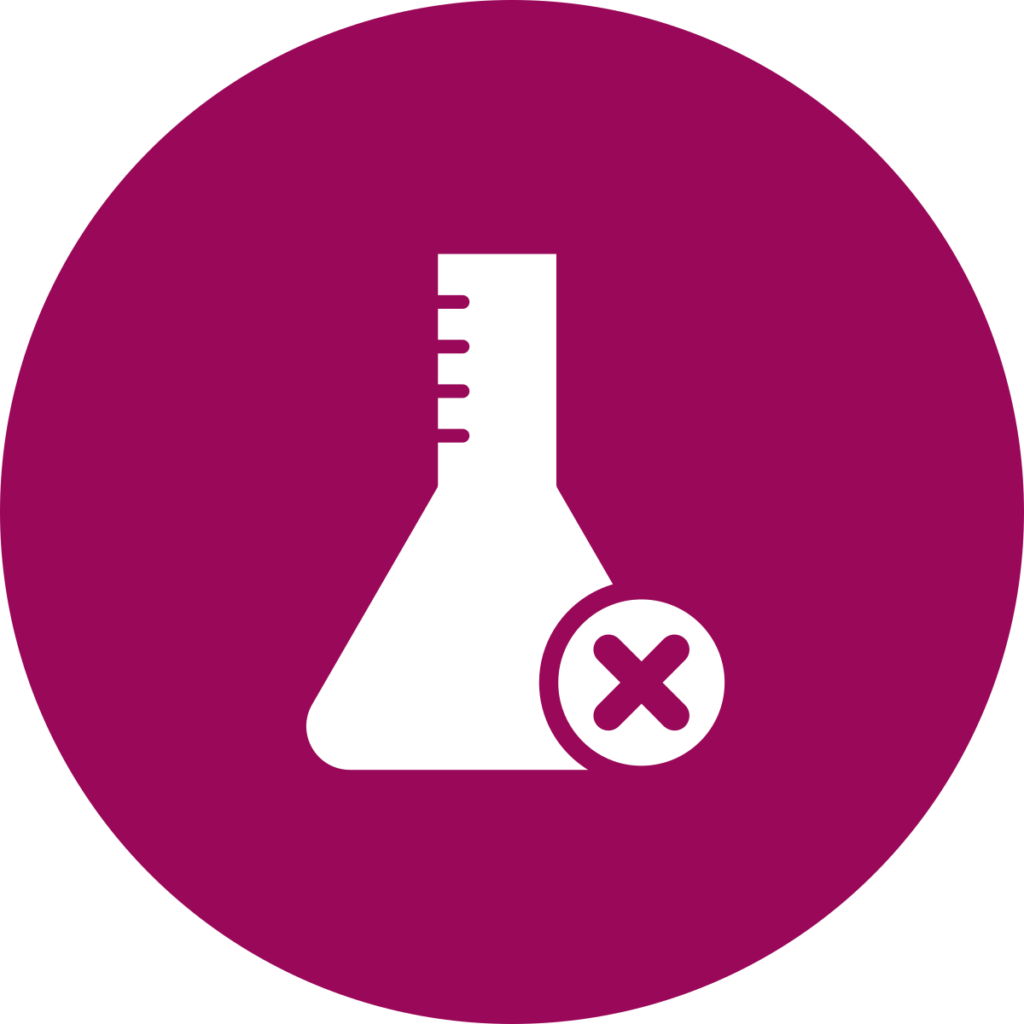
Communities of color are at a greater risk of disproportionate exposure to toxic chemicals in the workplace, their communities and from cosmetics.
By using the term “women of color,” we recognize this includes women from a wide variety of backgrounds (including African American, Black, Latina, Native American, Asian, Asian Pacific Islander) who are impacted by their own unique cultural traditions regarding beauty and beauty rituals, as well as product preferences.
Women of color also suffer from a higher level of exposure to unsafe chemicals in the beauty products aggressively marketed to them – including hair dyes, hair relaxers and straighteners, skin lighteners, feminine douches, and some deodorants. These products contain chemicals linked to breast and ovarian cancer, uterine fibroids, reproductive harm, and more. This toxic exposure is of particular concern to Black women because they purchase and use more beauty products per capita than any other demographic and face many health disparities, including the highest breast cancer mortality rate of any U.S. racial or ethnic group.
Studies show that women of color have higher levels of beauty product-related environmental chemicals in their bodies and even small exposures to toxic chemicals over time can trigger adverse health consequences.[1] The Women’s Circle of Health Study was the first to demonstrate an association between permanent hair dye use and breast cancer among Black women. This study found that Black women who use permanent hair dyes (specifically dark shades of dye) had 51% increased risk of breast cancer. The association of hair dye use with breast cancer were replicated in the Sisters Study, which found that found higher rates of breast cancer associated with the use of hair straighteners and permanent hair dye among Black women: This study found Black women who regularly dye (darker and permanent hair dye) their hair face experience a 60% increased risk of breast cancer compared to an 8% increased risk for White women. And Black women who use chemical hair straighteners had a 30% increased risk of breast cancer than White women.[2]
Learn more about African American women and breast cancer >
The $100 billion cosmetics industry should ensure that cosmetic products marketed to women of color are made with safe ingredients. In the meantime, while it may seem overwhelming to overhaul your entire beauty bag, it is possible to make small changes one product at a time!
Zota, Ami R, and Bhavna Shamasunder. “The environmental injustice of beauty: framing chemical exposures from beauty products as a health disparities concern.” American journal of obstetrics and gynecology vol. 217,4 (2017): 418.e1-418.e6. doi:10.1016/j.ajog. 2017.07.020.
[2] Eberle, Carolyn E et al. “Hair dye and chemical straightener use and breast cancer risk in a large US population of black and white women.” International journal of cancer vol. 147,2 (2020): 383-391. doi:10.1002/ijc.32738.
[3] Women’s Voices for the Earth, “Glossed Over” (2007), available at http://www.womensvoices.org/issues/reports/glossed-over/.
[4] Ibid.
[5] https://www.congress.gov/bill/116th-congress/house-bill/748
[6] Davis, G., Bonta, D., & Smith, S. (2000, January 1). A Guide to Chemical Exposures in the Nail Salons. Retrieved March 4, 2015, from http://www.cdph.ca.gov/programs/hesis/documents/artnails.pdf
[7] Hair Relaxers and Straighteners. (n.d.). Retrieved February 19, 2015, from http://www.lesstoxicguide.ca/index.asp?fetch=personal#hairr
[8] Gordon Vrdoljak, Ph.D. (2014, August 10). Rooting Out Skin Creams that Contain Toxic Mercury. American Chemical Society National Meeting & Exposition. Lecture conducted from American Chemical Society, San Francisco.
[9] Ibid.
[10] The Black Consumer Opportunity. (2012, April 1). Retrieved February 24, 2015, from http://brandedcontent.adage.com/pdf/CABblackconsumer.pdf
[11] Jeffries, N. (2012, January 20). GCI Magazine. Retrieved February 13, 2015, from http://www.gcimagazine.com/networking/coverage/137786783.html?page=2
[12] Fourth National Report on Human Exposure to Environmental Chemicals. (2015, February 1). Retrieved February 24, 2015, from http://www.cdc.gov/biomonitoring/pdf/FourthReport_UpdatedTables_Feb2015.pdf
Looking for a Safer Alternative?
Use Clearya’s app to find non-toxic products! Clearya alerts you to toxics and helps you find safe products.
FILTER BY:
Get our emails to stay in the know.
This site is protected by reCAPTCHA and the Google Privacy Policy and Terms of Service apply.
get to know us
take action
BCPP is a 501(c)3 | EIN: 94-3155886 | Privacy Policy | Site Map | BCPP.org
